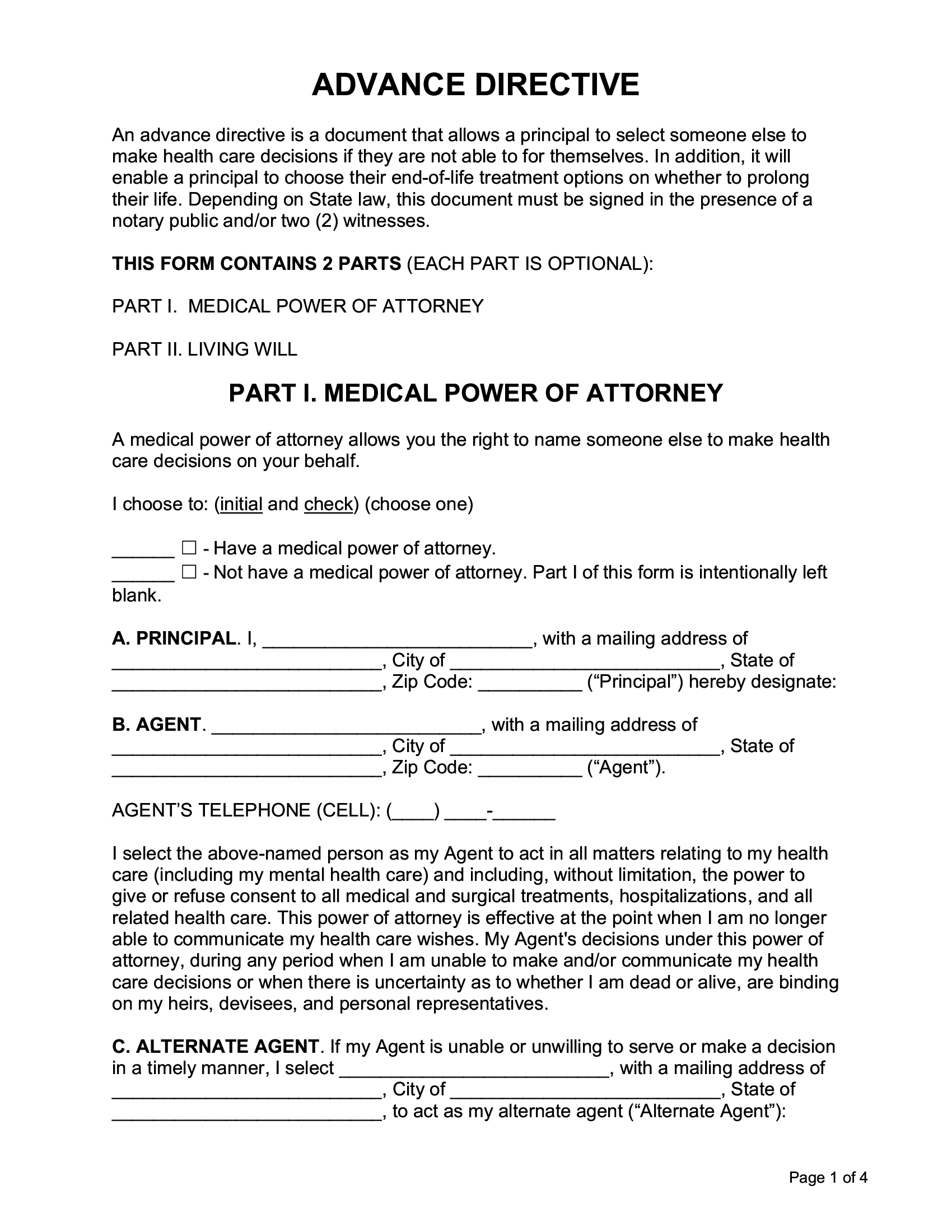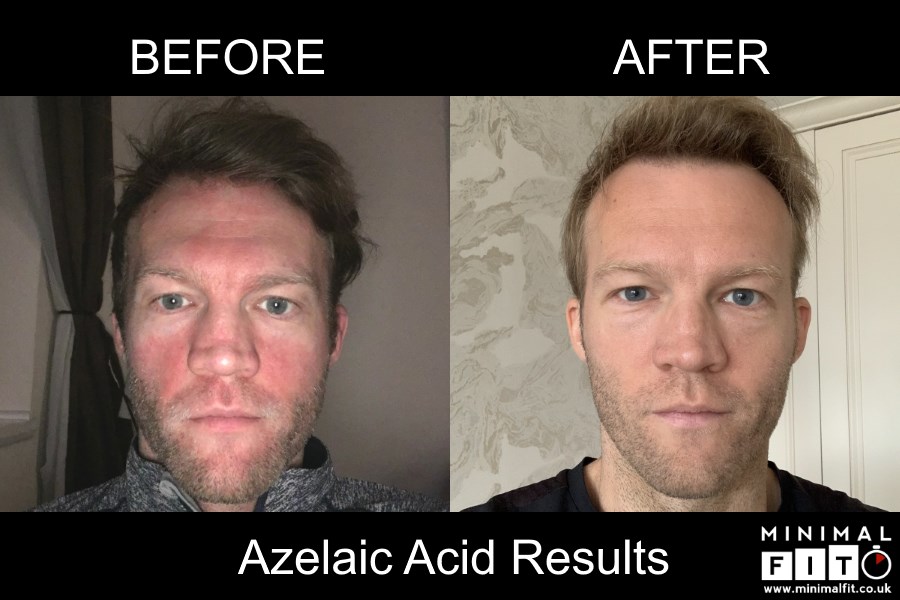Creating an advance directive form can be a straightforward process, especially when approached with the right guidance. At its core, an advance directive is a legal document that outlines your wishes for medical treatment if you become unable to make decisions for yourself. This document is crucial for ensuring that your healthcare preferences are respected, even when you cannot communicate them.
Understanding the Components of an Advance Directive
An advance directive typically includes two main components: a living will and a durable power of attorney for healthcare.
Living Will: This part of the advance directive specifies the types of medical treatments you do or do not want to receive if you become terminally ill or are in a permanent vegetative state. It can cover aspects such as life-sustaining treatments, pain management, and other medical interventions.
Durable Power of Attorney for Healthcare (Healthcare Proxy): In this section, you appoint a trusted individual to make medical decisions on your behalf if you are unable to do so. This person should be someone who understands your values, beliefs, and preferences regarding medical treatment.
Steps to Create an Advance Directive
Research Your State’s Laws: Start by understanding the specific requirements for advance directives in your state. Laws can vary, so it’s essential to ensure your document complies with local regulations.
Choose a Healthcare Agent: Select someone you trust to act as your healthcare agent. This person should be willing and able to carry out your wishes as specified in your advance directive.
Specify Your Wishes: Clearly outline your preferences for medical treatment in various scenarios. Consider what treatments you would want or refuse, including life-sustaining treatments, hydration, nutrition, and comfort care.
Discuss with Your Agent and Family: Have open conversations with your chosen healthcare agent and family members about your wishes. This ensures everyone understands your preferences and can support your agent in making decisions.
Write and Sign the Document: Use a template or consult with an attorney to draft your advance directive. Once completed, sign the document in the presence of the required number of witnesses, as specified by your state’s laws.
Review and Update: Advance directives are not static documents. Review and update them periodically, especially after significant life changes, to ensure they continue to reflect your current wishes and preferences.
Tools and Resources for Creating an Advance Directive
Several tools and resources are available to help you create an advance directive, including:
- Online Templates: Websites like Rocket Lawyer, Nolo, and the American Bar Association offer templates and guides for creating advance directives compliant with your state’s laws.
- Attorneys: Consulting with an attorney specializing in elder law or estate planning can provide personalized assistance in drafting an advance directive tailored to your specific needs and circumstances.
- Healthcare Providers: Many healthcare providers offer forms and guidance on creating advance directives. They can also facilitate discussions about your wishes with your healthcare team.
The Importance of Advance Directives
Advance directives are not just legal documents; they are personal statements that ensure your autonomy and dignity are respected during critical times. By having an advance directive in place, you can:
- Ensure Your Wishes Are Respected: By clearly stating your medical preferences, you can ensure that your healthcare decisions are made according to your values and beliefs.
- Reduce Burden on Loved Ones: Advance directives can alleviate the burden on family members and friends who might otherwise have to make difficult medical decisions without knowing your preferences.
- Promote Peace of Mind: Knowing that your wishes are documented and will be respected can provide you and your loved ones with peace of mind, regardless of what the future may hold.
FAQ Section
What is the purpose of an advance directive?
+The purpose of an advance directive is to ensure that your healthcare preferences are respected if you become unable to make decisions for yourself. It outlines your wishes for medical treatment and appoints someone to make decisions on your behalf.
Do I need a lawyer to create an advance directive?
+While it's possible to create an advance directive without a lawyer, consulting with an attorney can ensure that your document complies with your state's laws and accurately reflects your wishes.
Can I change my advance directive?
+Yes, you can change your advance directive at any time. It's recommended to review and update your document periodically, especially after significant life changes, to ensure it continues to reflect your current wishes and preferences.
Creating an advance directive is a proactive step towards ensuring that your healthcare wishes are respected. By understanding the components of an advance directive, following the steps to create one, and utilizing available tools and resources, you can make informed decisions about your medical care and promote peace of mind for yourself and your loved ones.


